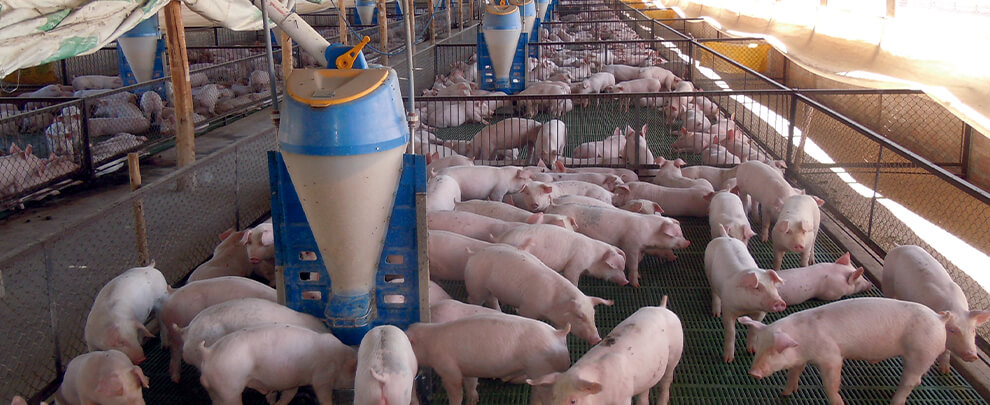Blog
Blog

Strong increase in local demand for pork in Uruguay
22 of September of 22 - News
Swine production in Uruguay is characterised by having experienced significant growth in the last ten years in terms of consumption. Despite this, this increase has not been found in production, which has been decreasing in the last decade. The country only has a small production of around 13,000 tons of pork per year.
Increased consumption
As mentioned, the most relevant change that has occurred in recent years in the Uruguayan pork industry has been the strong increase in domestic demand for fresh meat. In this period, pork meat consumption per capita in the country has doubled thanks to the increase in imports, since local production has been suffering a decrease since 2015. The consumption of pork meat in Uruguay has reached 18 kg per inhabitant per year, a number much higher than the 9.7 kg consumed in 2010. This consumption has been based on imports from countries such as Brazil (which is the principal supplier), Spain, Germany, and Chile.
Despite this, the increase in consumption represents a growth opportunity for national production, something that could partially displace pork imports. This trend is expected to continue to rise thanks to greater competitiveness in the price compared to other meats.
Heterogeneity of the industry
Another of the peculiarities of the Uruguayan pork industry is the heterogeneity of actors and business models. Most of the Uruguayan pork production is in the hands of integrated companies that range from pig farming to marketing their meat. These companies, thanks to the technology and investments made, have reached productivity levels similar to those of Brazil (the world’s leading exporter). Small and medium producers, some of them grouped into cooperatives, could not access the improvements that technology offers and still require a lot of investment to improve their productivity and competitiveness to cope with the increasing competition for imported meat. Many of these small producers have been abandoning pork production in recent years, thus causing livestock activity concentration in the integrating companies.
But both large and small producers must face the main problem of the Uruguayan pork industry, of which we have already spoken, the relentless fall in national production and the advance of imported meat in the domestic market. Also, although many Uruguayan farms have achieved good levels of productivity, companies are not taking part in the growing international market for pork, which is a significant loss.
Despite these issues, Uruguay has strengths to develop its pork industry, such as adequate climate, water availability, grain production, good health status, and an excellent reputation as a food producer. However, the pork industry needs to take a few more steps and adopt the latest available technologies, improve biosecurity, invest in training for staff working on farms, adapt the health system for meat export, etc.
Opportunities
The increase in pork consumption could bring different opportunities and investment possibilities for the Uruguayan pork industry. In this sense, they expect foreign capital and the importation of genetics to contribute to the development of pork production. Imports will be an important factor in competition given their increase in recent years, which can lead to an improvement in local production.
Finally, it should be noted that Uruguayan pork has great value, since it is very healthy meat produced without growth hormones or antibiotics, unlike imported meats, usually frozen.
Source: Oficina de Programación y Política Agropecuaria de Uruguay.






